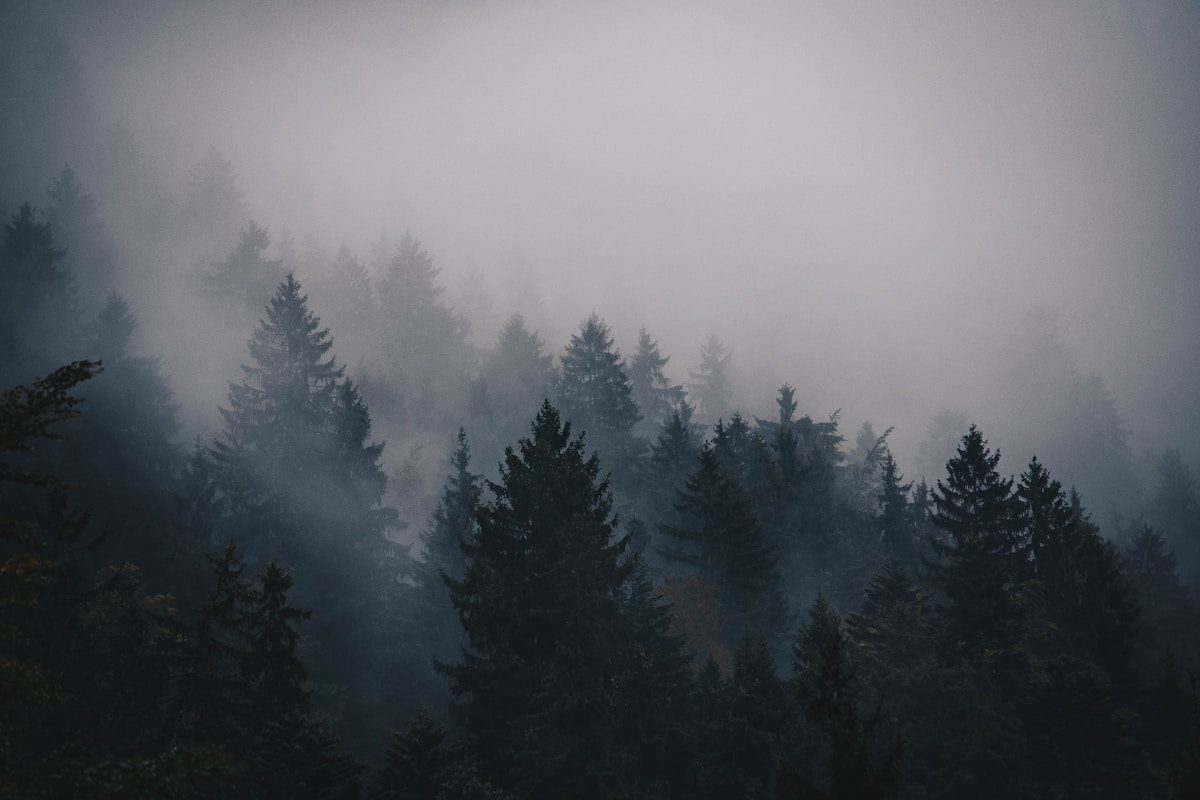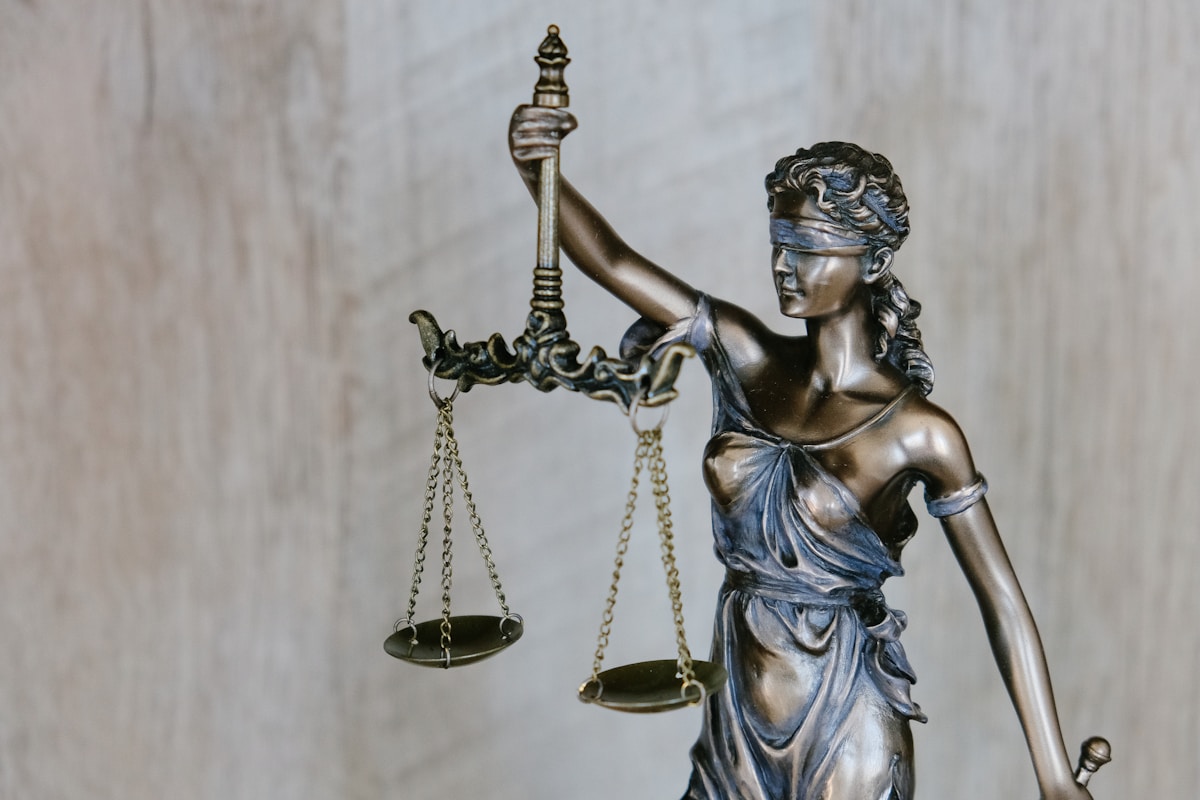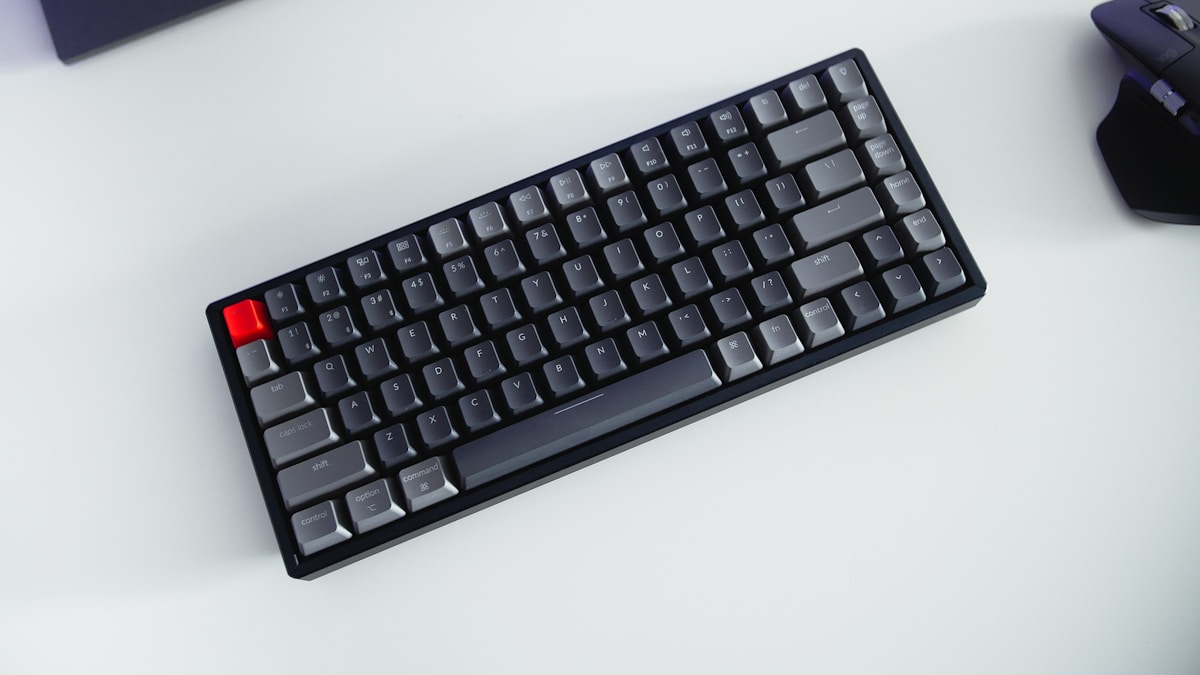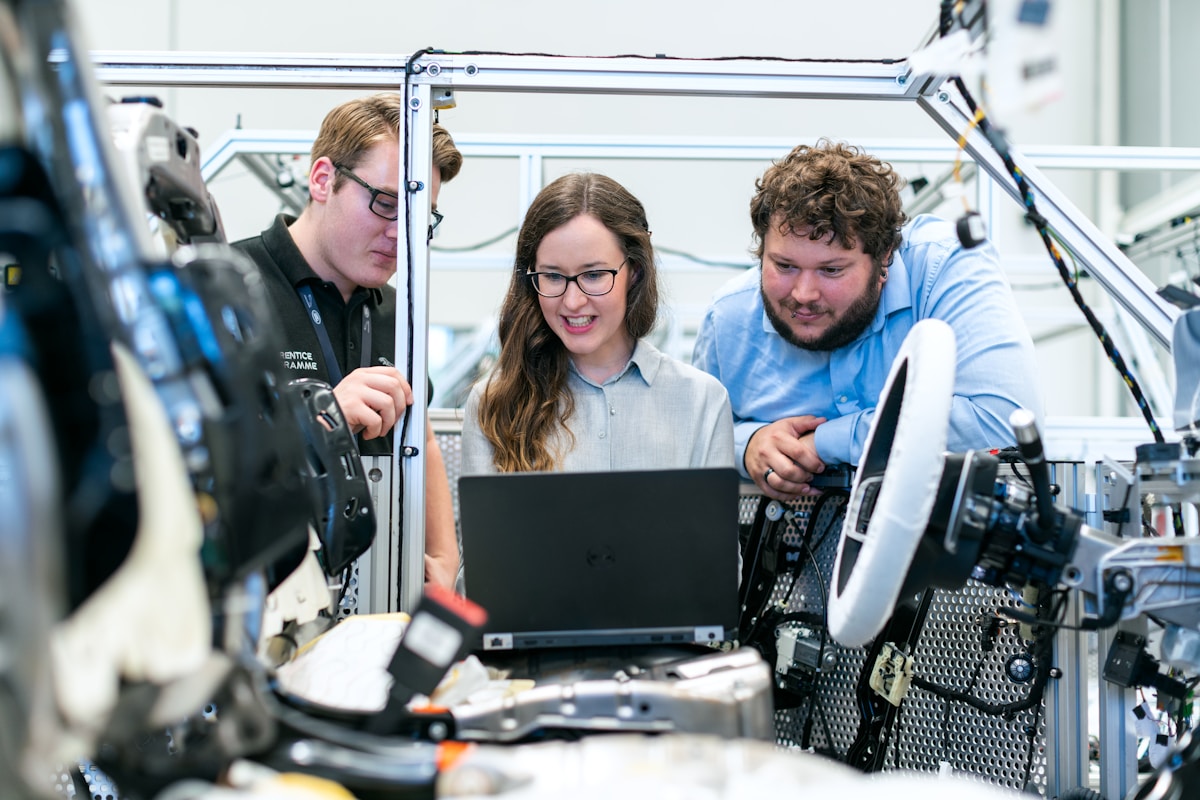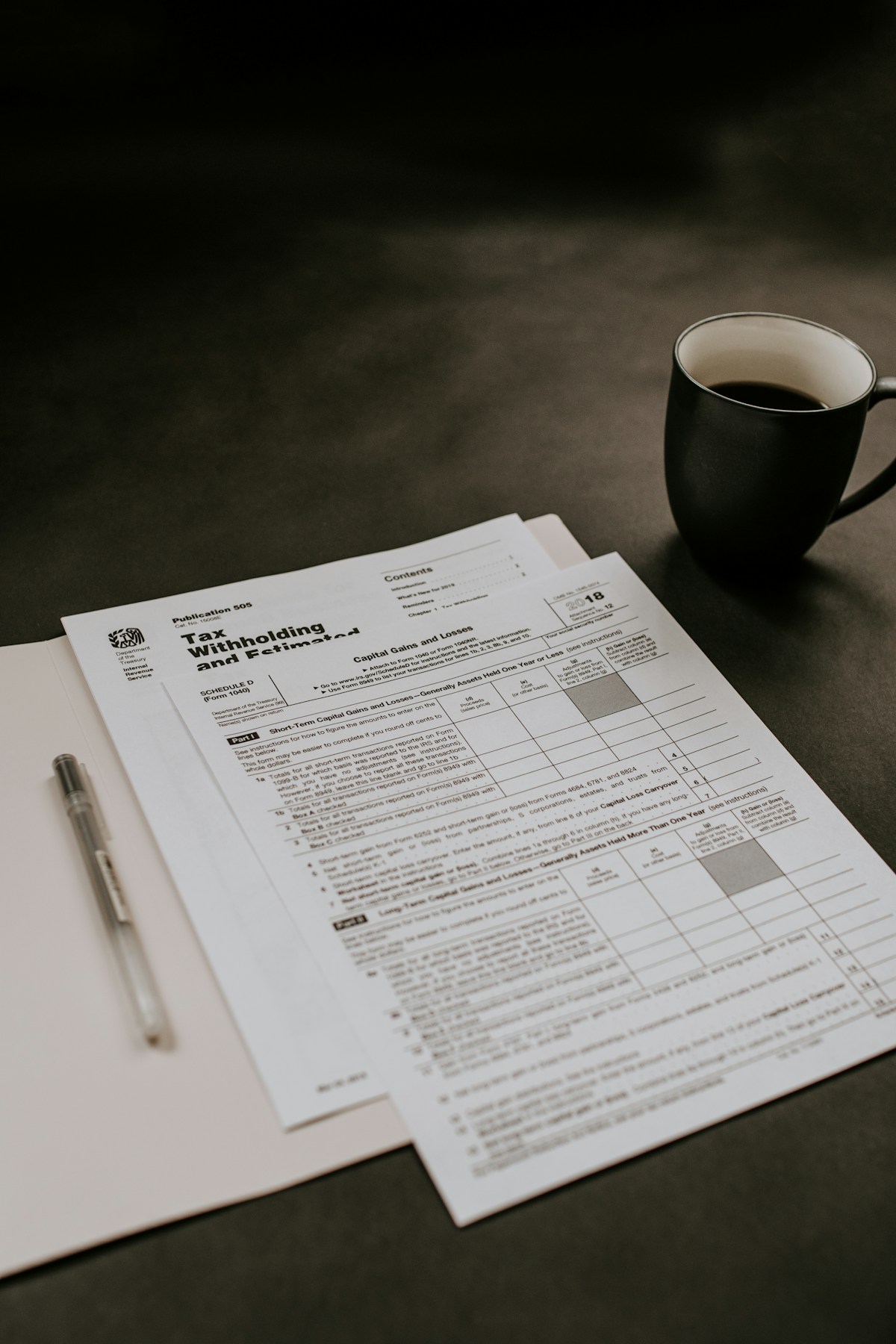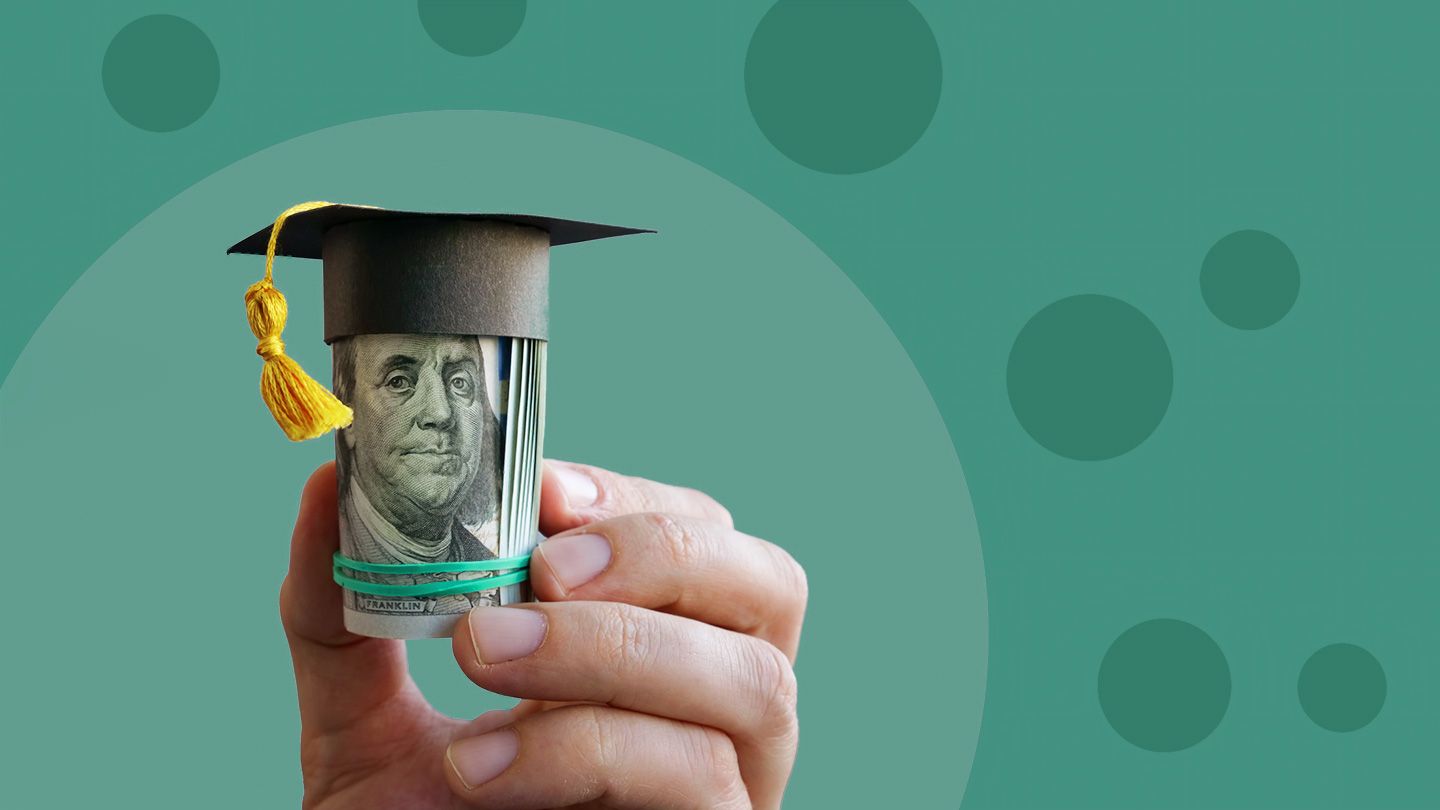An essential guide to understanding music copyright law and how it protects songwriters, composers, and recording artists.
Music copyright law forms the legal foundation that protects the rights of creators in the music industry. For musicians, songwriters, producers, and anyone involved in music creation, understanding these protections is essential for both creative and business success. This guide breaks down the fundamentals of music copyright law and how it applies to your work.
What Music Copyright Protects
Copyright protection automatically applies to "original works of authorship fixed in any tangible medium of expression." In music, this covers:
- Musical Compositions: The underlying musical work, including melody, harmony, rhythm, and lyrics (if any)
- Sound Recordings: The specific recorded performance of a composition, including unique production elements
These are considered two separate copyrightable works under the law. For example, a songwriter owns the copyright to the song's composition, while a record label typically owns the copyright to a specific recording of that composition.
Key Rights Granted by Music Copyright
Copyright owners have six exclusive rights under U.S. law:
- Reproduction: The right to make copies of the work
- Distribution: The right to distribute copies to the public
- Public Performance: The right to perform the work publicly
- Public Display: The right to display the work publicly
- Derivative Works: The right to create adaptations or arrangements
- Digital Audio Transmission: The right to perform sound recordings via digital audio transmission
These rights provide the framework for various revenue streams, including mechanical royalties, performance royalties, and synchronization fees.
Copyright Duration
For works created after January 1, 1978, copyright protection lasts for:
- The life of the author plus 70 years for individual creators
- 95 years from publication or 120 years from creation (whichever is shorter) for works made for hire
For older works, the duration varies based on when they were created, when/if they were published, and whether the copyright was renewed.
Music Licensing
Since copyright owners have exclusive rights, anyone wanting to use copyrighted music must obtain permission, typically through licensing:
Mechanical Licenses
These licenses grant permission to reproduce and distribute compositions. Key aspects include:
- Required for producing physical records, downloads, and some streaming uses
- Subject to "compulsory licensing" with statutory rates for covers of previously recorded works
- Often administered through organizations like the Harry Fox Agency or via Music Modernization Act mechanisms
Performance Licenses
These licenses are needed when music is performed publicly, including:
- Radio, television, and internet broadcasts
- Concerts and live venues
- Restaurants, retail stores, and other businesses playing music
- Streaming services
Performance rights organizations (PROs) like ASCAP, BMI, SESAC, and GMR collect and distribute these royalties.
Synchronization Licenses
Sync licenses grant permission to use music in combination with visual media:
- Required for films, TV shows, commercials, and video games
- Negotiated directly with the copyright owner or their representative
- Covers both the composition and the sound recording (master use)
Copyright Registration
While copyright protection is automatic upon creation, registration with the U.S. Copyright Office provides important benefits:
- Creates a public record of ownership
- Enables pursuit of statutory damages and attorney's fees in infringement lawsuits
- Establishes prima facie evidence of validity if registered within five years of publication
Registration can be completed online at copyright.gov for a modest fee.
Fair Use Doctrine
The fair use doctrine allows limited use of copyrighted material without permission for purposes such as criticism, comment, news reporting, teaching, scholarship, or research. Four factors are considered:
- Purpose and character of the use (including whether commercial or nonprofit educational)
- Nature of the copyrighted work
- Amount and substantiality of the portion used
- Effect on the potential market for or value of the work
Fair use is determined case-by-case and can be unpredictable. Sampling in music, for example, typically requires permission, as courts have often rejected fair use defenses for commercial sampling.
Music Copyright Infringement
Copyright infringement occurs when someone violates any of the exclusive rights of the copyright owner. To prove infringement, the owner must show:
- Ownership of a valid copyright
- Copying of original elements of the work
In music cases, proving copying often involves demonstrating that the defendant had access to the plaintiff's work and that there is substantial similarity between the works.
Protecting Your Music
To maximize protection for your creative work:
- Register your copyrights promptly with the U.S. Copyright Office
- Place copyright notices on your work (e.g., © 2025 Your Name)
- Keep records of your creative process and dated drafts
- Consider joining a performance rights organization to collect royalties
- Understand all contracts before signing, ideally with legal assistance
- Monitor for unauthorized uses of your music online
Understanding music copyright law empowers creators to protect their work and navigate the complex music business. As digital distribution and new technologies continue to evolve, staying informed about copyright law will remain essential for anyone creating or working with music.
